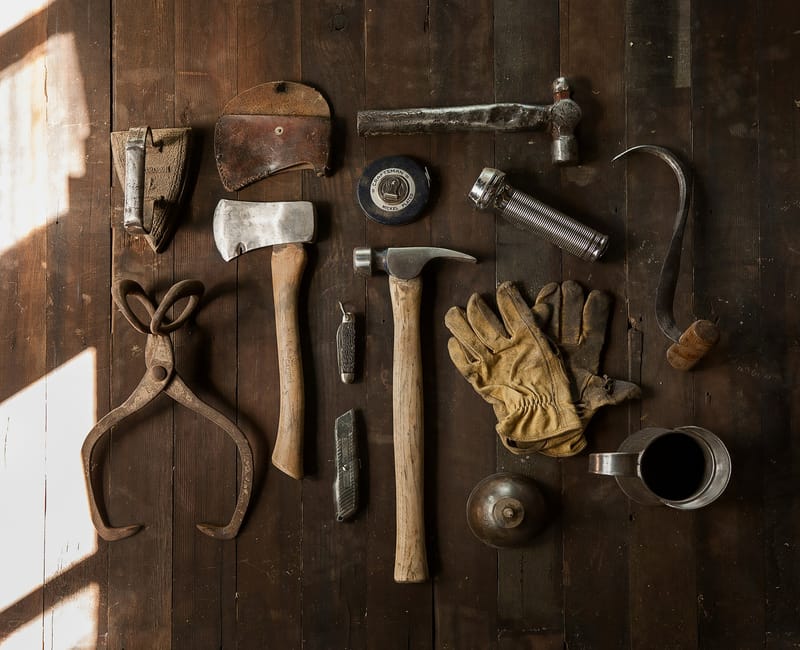Kitchen cabinet installation

Kitchen Cabinet Installation
Kitchen cabinet installation looks simple, but the “details” are what make cabinets feel expensive and work smoothly for years. The goal is not just to mount cabinets—it’s to make everything level, straight, strong, and aligned so doors and drawers open perfectly and the countertops fit right.
Most kitchens have one big challenge: walls and floors are almost never perfectly straight. That’s why a good install starts with layout lines, finding studs, and building a clean, level base. We use shims where needed so the cabinets don’t twist, and we fasten them securely so nothing loosens over time.
Here are the key things that matter in a professional cabinet install:
Level + straight lines: Upper and lower cabinets must be level and aligned so the whole kitchen looks “clean,” not wavy.
Strong mounting: Cabinets are anchored properly to studs, and the cabinet boxes are connected to each other so the run is solid.
Even gaps + door alignment: We adjust hinges so doors line up, gaps look consistent, and drawers close smoothly (especially with soft-close hardware).
Fillers and clean edges: Fillers near walls and appliances are cut and installed neatly so there are no awkward wide gaps.
Space for appliances: We keep correct clearances for fridge, dishwasher, range, and handles, so everything fits and opens properly.
Countertop-ready install: Cabinets must be flat and stable so the countertop sits correctly with no rocking or uneven seams.
Finishing details: Toe kicks, panels, trim, and end caps are installed cleanly so the kitchen looks finished—not “almost done.”
If you want your cabinets to look sharp in photos and feel great in daily use, proper installation is the difference maker.


